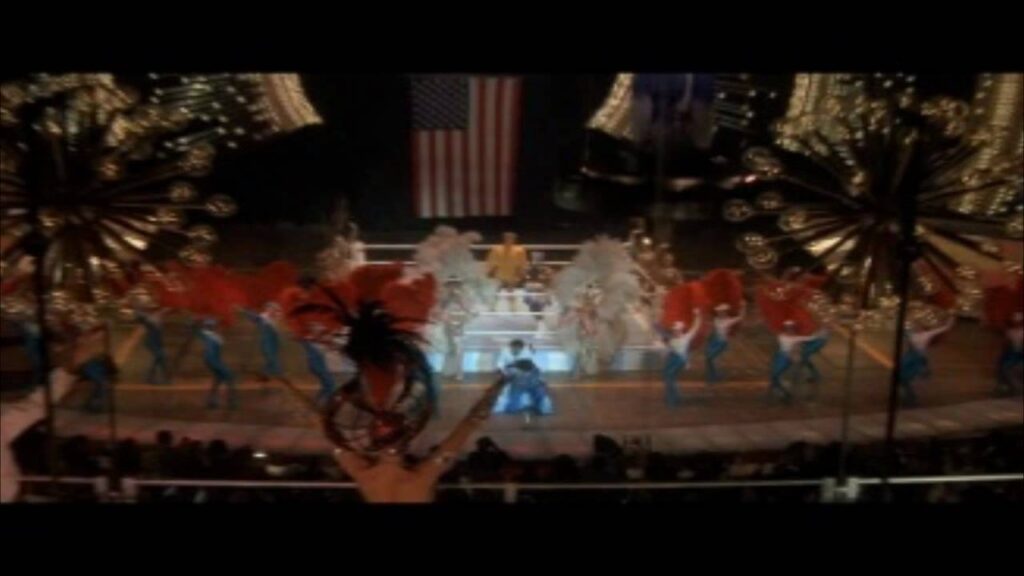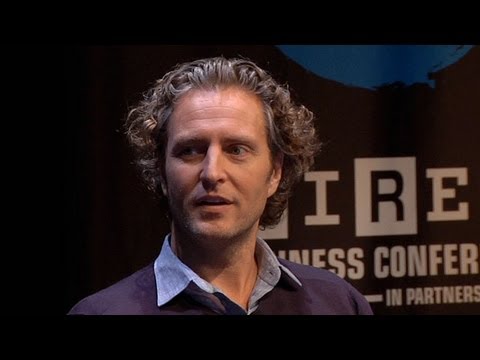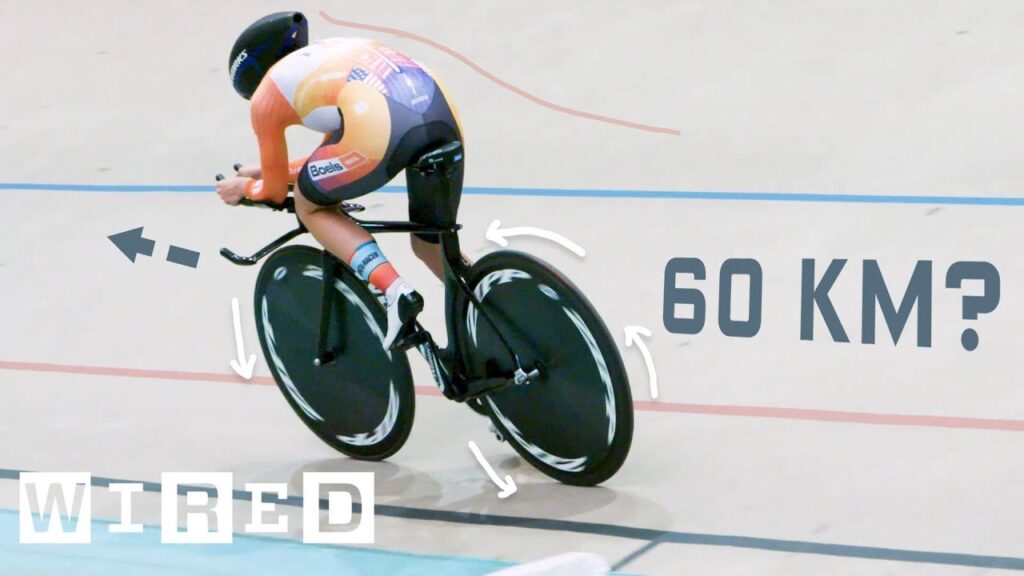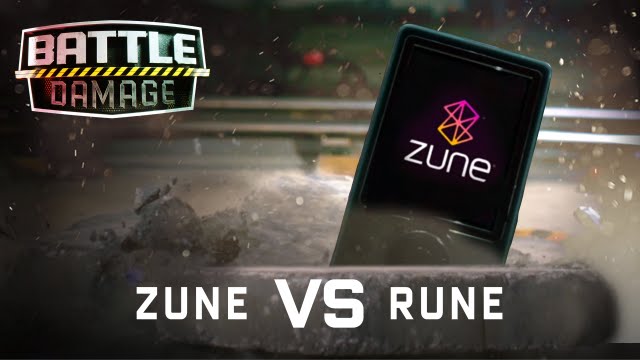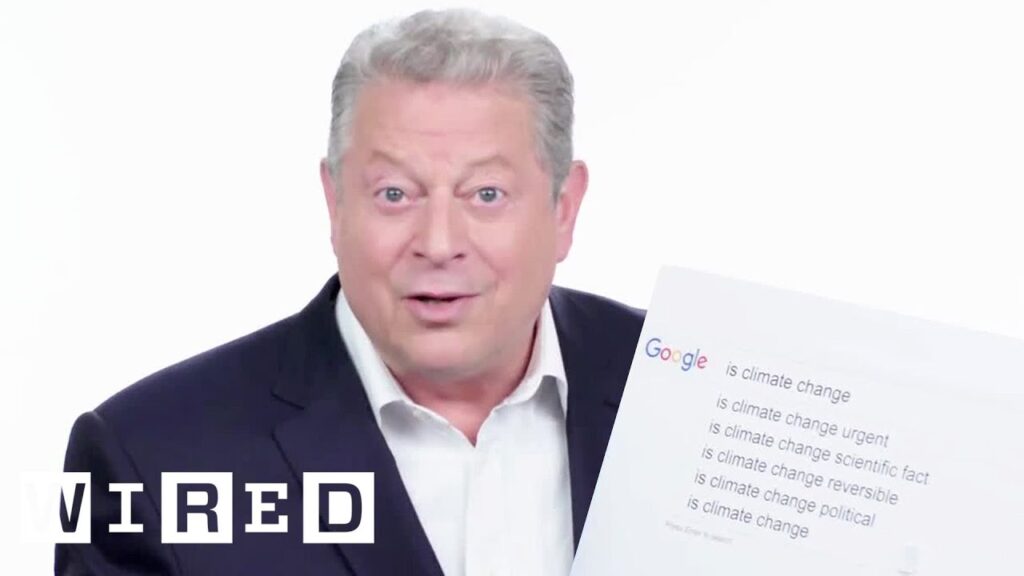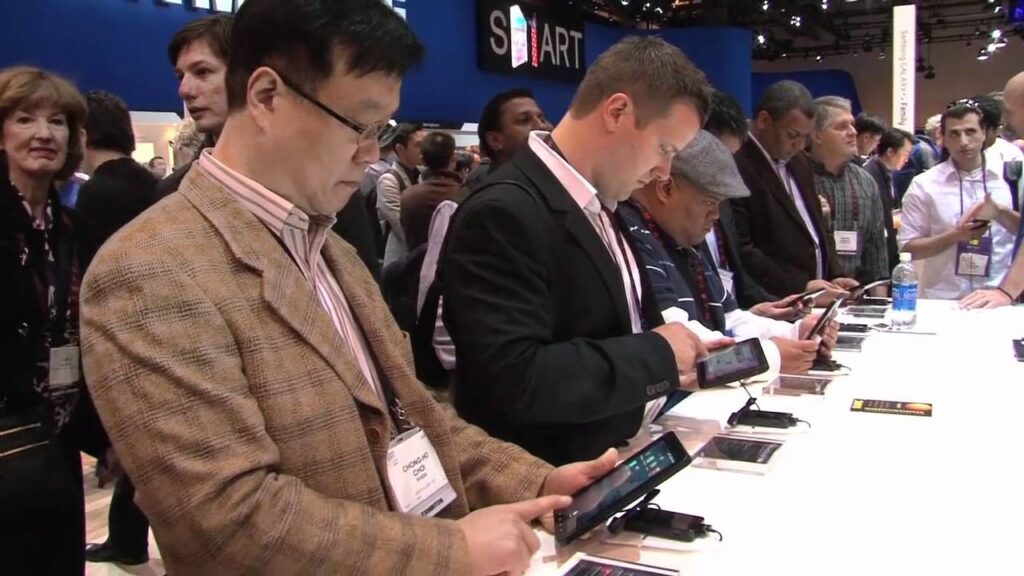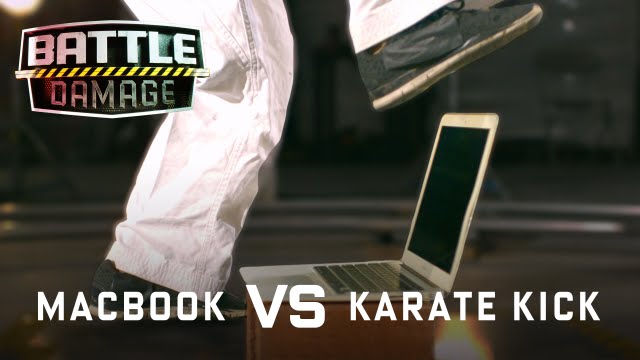Body Language Expert Shares Tips on Identifying Nonverbal Cues
Summary
Joe Navarro, a former FBI counterintelligence officer and body language expert, recently discussed body language and nonverbal cues in a Twitter QA. He explained how body language can identify leaders and subordinates, the significance of secret handshake identifiers, cultural and personal aspects of eye contact, and the importance of expressive hand gestures and appropriate spatial distance during communication. Navarro also suggested tips for virtual meeting attendees to increase their face time and discussed the nuances of reading nonverbal cues on Zoom calls.
Table of Contents
- The Importance of Body Language in Identifying Leaders
- Secret Handshake Identifiers
- Cultural and Personal Aspects of Eye Contact
- The Evolutionary Advantage of Expressive Hand Gestures
- Appropriate Spatial Distance During Communication
- The Importance of Acknowledging Personal Proximity Preferences
- Micro-Expressions on Zoom Calls
- Tips for Virtual Meetings
- Navigating a Complex World with Body Language
Introduction
As human beings, we communicate not only with our words but also with our body language. Body language serves as a crucial aspect of communication, especially in virtual meetings. In light of this, experts have suggested several tips to use body language effectively, such as nodding or using facial expressions to show agreement or surprise. In this blog post, we will dive deeper into the world of body language by sharing insights from Joe Navarro, a renowned body language expert and former FBI counterintelligence officer.
Q&A
The Importance of Body Language in Identifying Leaders
Q: How can we determine leadership in a photograph based on body language?
A: The easiest way to identify the leader in a photograph is to look for various body language cues such as posture, position, and facial expressions. Typically, the leader stands taller, occupies a central position, and appears more relaxed in comparison to their subordinates. Additionally, a leader may use dominant gestures such as placing hands on hips or pointing their fingers to assert their dominance.
Secret Handshake Identifiers
Q: What is the significance of secret handshake identifiers?
A: Secret handshake identifiers serve as nonverbal signals between two people to identify each other as belonging to the same group or organization. These signals could be anything from a simple handshake to a series of intricate hand gestures. They serve as a way of affirming one’s status within a particular group without the need for verbal communication.
Cultural and Personal Aspects of Eye Contact
Q: How important is eye contact in different cultures and personal contexts?
A: Eye contact plays a distinct role in various cultures, and what is considered appropriate eye contact in one culture may be considered inappropriate in another. For example, in some cultures, prolonged eye contact represents trust and honesty, while in others, it can be perceived as disrespectful or aggressive. Additionally, personal context can also influence the significance of eye contact. In general, individuals with a dominant personality may use consistent eye contact to assert their dominance in a conversation, whereas those with a more submissive personality may find prolonged eye contact to be uncomfortable or intimidating.
The Evolutionary Advantage of Expressive Hand Gestures
Q: Why do we use hand gestures?
A: Expressive hand gestures are a part of our evolutionary brain development. As early humans, we used hand gestures to communicate a range of emotions and cues before we developed more advanced vocal language. Today, hand gestures continue to serve as critical non-verbal cues in communication, allowing us to convey emotions, emphasis, and intention more effectively.
Appropriate Spatial Distance During Communication
Q: What is the appropriate spatial distance between individuals during communication?
A: Spatial distance largely depends on personal preferences and cultural norms. Some cultures, for example, are more comfortable with close proximity when communicating, while others preferred a greater distance between individuals. It is essential to honor these personal preferences when engaging in communication. Additionally, virtual communication can make it challenging to gauge personal proximity preferences, so it is essential to encourage virtual attendees to communicate what makes them feel most comfortable.
The Importance of Acknowledging Personal Proximity Preferences
Q: How can we acknowledge personal proximity preferences during communication?
A: Acknowledging personal proximity preferences involves paying attention to others’ body language and using our own to communicate our preferences. For example, we can indicate our tips from a personal preference standpoint by leaning back, reaching our legs and arms out to claim a comfortable amount of space or lean towards an individual to emphasise points. By honing these nonverbal cues, we not only communicate our personal preference but also help support the comfort of those we are communicating with.
Micro-Expressions on Zoom Calls
Q: How can we read micro-expressions on Zoom calls?
A: Reading micro-expressions on virtual calls can be more challenging due to camera quality and lighting. It is crucial to ensure that one’s face is well-lit, and the camera’s resolution is sufficient for optimal observation of non-verbal cues. Additionally, it is essential to keep in mind that neutral expressions can often read as negative in virtual meetings. Therefore, individuals should focus on using more expressive facial cues to convey their emotions effectively.
Tips for Virtual Meetings
Q: What are some tips for using body language in virtual meetings?
A: In virtual meetings, a person’s body language may be one of the primary ways to convey their emotions effectively. Experts recommend avoiding a neutral face and instead using nodding, smiling and eyebrow gestures to demonstrate agreement or surprise. Additionally, using hand gestures to emphasise points or complement verbal communication can help engage virtual attendees.
Navigating a Complex World with Body Language
Q: How can learning about body language help preteens and teens navigate the complex world around them?
A: Body language plays a crucial role in a young person’s development and can help them better understand social cues and nuances in day-to-day communication. When young people understand body language, they are better equipped to convey their emotions and intentions effectively, which can lead to better-developed relationships and fewer social misunderstandings.
Conclusion
Body language serves as a nonverbal form of communication that is critically important in navigating today’s complex world. By understanding the various intricacies of body language cues, we can better communicate with others, convey our emotions more effectively and ultimately build stronger, healthier relationships.
